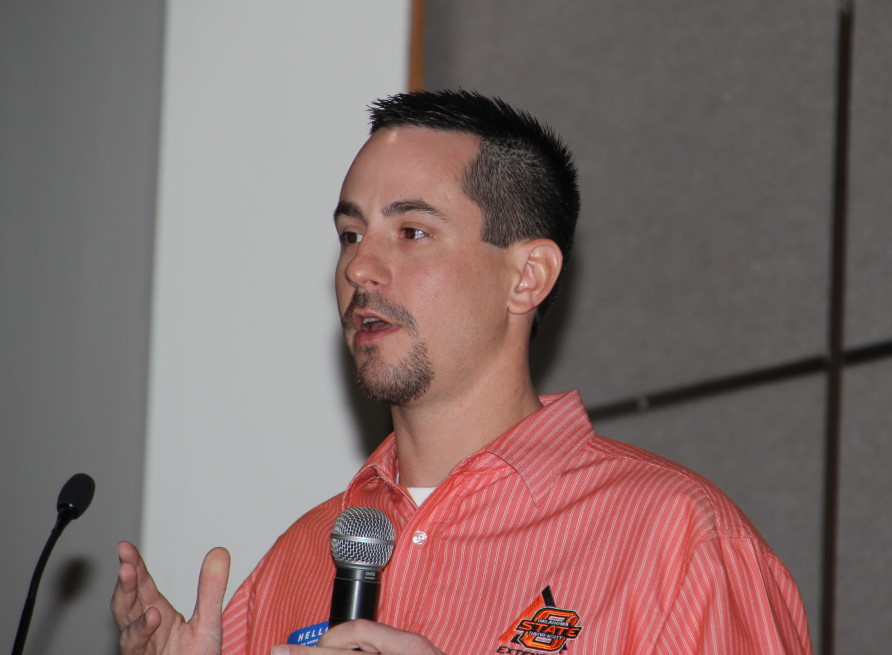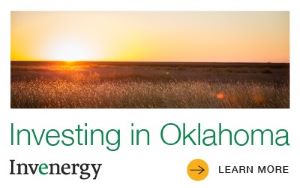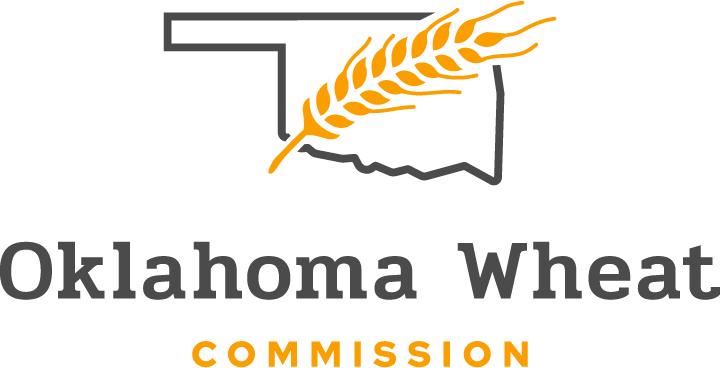
Agricultural News
OSU Researcher Finds Precision Farming Pays Dividends
Fri, 17 Apr 2015 18:07:04 CDT
 Technology is helping farmers reduce their application of nutrients to fields, while reducing input costs, which has become increasingly important with low commodity prices. Grid sampling has been used widely in the Midwest and that technology has been more widely available for Oklahoma farmers. Oklahoma State University Precision Nutrient Management Specialist Brian Arnall said he is seeing an increasing number of grid samples and as more farmers buy more advanced equipment they are adopting variable rate seeding and fertilization.
Technology is helping farmers reduce their application of nutrients to fields, while reducing input costs, which has become increasingly important with low commodity prices. Grid sampling has been used widely in the Midwest and that technology has been more widely available for Oklahoma farmers. Oklahoma State University Precision Nutrient Management Specialist Brian Arnall said he is seeing an increasing number of grid samples and as more farmers buy more advanced equipment they are adopting variable rate seeding and fertilization.
With Oklahoma's variable terrain, Arnall said fields change in soil texture, slope and soil type. With the low crop prices, he believes this is the optimal time for farmers to maximize the benefits of their inputs. With grid sampling, he said they are able to identify those areas that need lime, phosphorus, potassium, etc. After the cost of soil sampling, he has seen farmers save $1,500 - $6,000 over a single field.
Radio Oklahoma Network Farm Director Ron Hays interviewed Arnall this week at a Canola Field Day. Click or tap on the LISTENBAR below to hear the full conversation.
Arnall said OSU continues to evaluate the micronutrients for canola. He said sulfur is a primary nutrient for the crop. In areas with ph levels of 7.5 and higher, he said they are see more response to zinc, iron and manganese.
If farmers have later planted wheat, Arnall said it's not too late to get some response from nitrogen and other nutrients. He said the crop must be between hollow stem and flag leaf for it to be economically viable. If the flag leaf is out, he said is too late to make back the cost of application.
WebReadyTM Powered by WireReady® NSI
Top Agricultural News
More Headlines...




















